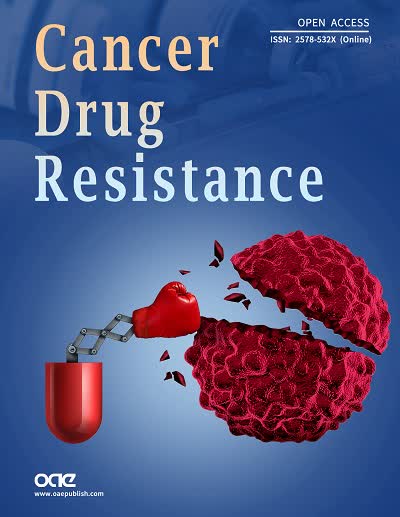fig1

Figure 1. Mechanisms of immunotherapy resistance. Schematic representation of immunotherapy resistance mechanisms in ovarian cancer. Mechanisms intrinsic to the ovarian cancer cell are defective antigen presentation, neoantigen depletion, altered signalling pathways, and metabolic reprogramming. Extrinsic to the cancer cell are T cell repertoire, upregulated inhibitory checkpoints, tumour-promoting effector cells, and the gut microbiome. b2M: Beta-microglobulin; ER: endoplasmic reticulum; Golgi: Golgi apparatus; MHC-I: major histocompatibility complex I; TCR: T cell receptor; TIM-3: T cell immunoglobulin and mucin domain 3; LAG-3: lymphocyte activation gene 3; CTLA-4: cytotoxic T-lymphocyte-associated protein 4; APC: antigen-presenting cell; PD-L1: programmed cell death ligand 1; PD-1: programmed death 1; TAM: tumour-associated macrophages; MDSC: myeloid-derived suppressor cell; VEGF: vascular endothelial growth factor; IFN-γ: interferon-gamma; IFN-γR: interferon-gamma receptor; MAPK: mitogen-activated protein kinase; PI3K: phosphoinositide 3-kinases; Wnt: wingless-related integration site; JAK: Janus kinase; STAT: signal transducer and activator of transcription. Created with BioRender.com.












